Table of Contents
The UNESCO Sites in Indonesia have resulted from recognizing 9 cultural and natural landmarks as UNESCO World Heritage Sites in Indonesia and 19 locations on the Indonesia UNESCO tentative list. These tourist sites in Indonesia are acknowledged for their unique and valuable cultural, natural, artistic, and historical significance and are preserved for future generations to enjoy.
In addition to these 9 sites on the Indonesia UNESCO list, many other places to travel to Indonesia are being considered for UNESCO recognition. These sites, listed on the tentative list, showcase the country’s rich cultural heritage and are waiting for approval to join the prestigious and famous World Heritage Sites list.
To help visitors discover these remarkable Indonesia tourist attractions, we have put together an interactive map of the UNESCO sites in Indonesia.
Indonesia UNESCO Map
Click markers to show information and photo.
World Heritage Sites in Indonesia
UNESCO World Heritage Sites in Indonesia
There are 9 UNESCO World Heritage Sites in Indonesia. All of these three sites are listed under the Cultural category.
- Borobudur Temple Compounds
- Cultural Landscape of Bali Province: the Subak System as a Manifestation of the Tri Hita Karana Philosophy
- Ombilin Coal Mining Heritage of Sawahlunto
- Prambanan Temple Compounds
- Sangiran Early Man Site
- Komodo National Park
- Lorentz National Park
- Tropical Rainforest Heritage of Sumatra
- Ujung Kulon National Park
UNESCO World Heritage Sites in Indonesia are protected locations for their cultural and natural importance.
Borobudur Temple Compounds
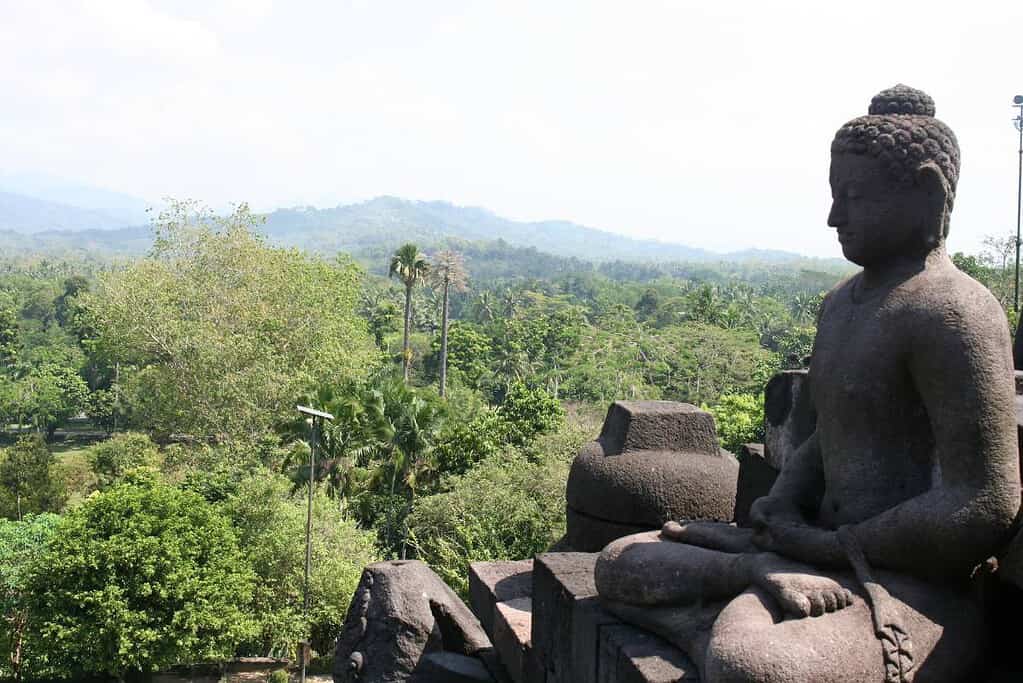
Is a UNESCO World Heritage site in the Magelang Regency of Central Java, Indonesia. The site is home to the world’s largest Buddhist temple, built in the 9th century during the reign of the Sailendra Dynasty. The temple complex features intricate stone carvings and stupas depicting Buddha’s life and teachings. The temple is built in the shape of a mandala, representing the Buddhist universe, and features three tiers that represent the world of desire, forms, and formlessness. The Borobudur Temple Compounds is an important cultural and religious site that attracts visitors from around the world.
Cultural Landscape of Bali Province: the Subak System as a Manifestation of the Tri Hita Karana Philosophy
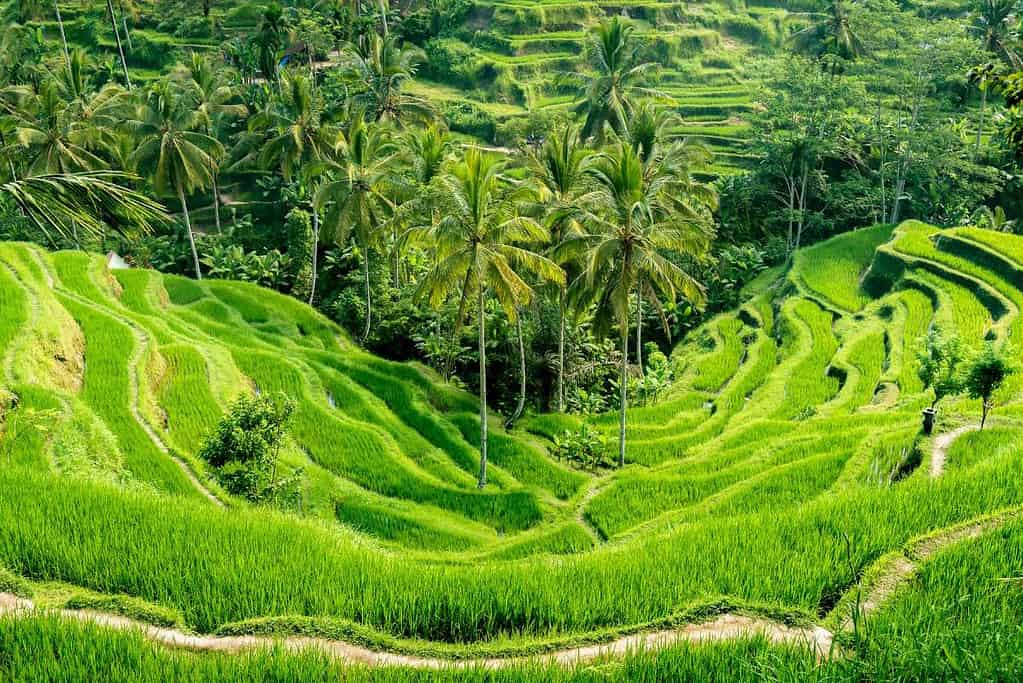
This UNESCO World Heritage site is located in the province of Bali in Indonesia. It represents the cultural landscape of rice terraces and water temples shaped by the traditional subak system of agriculture. The subak system is based on the Tri Hita Karana philosophy, which emphasizes the harmony between humans, nature, and the divine. The site includes the water temples and associated networks of canals and weirs used for irrigation and rice cultivation for over a thousand years. The site is an engineering marvel and a testament to the unique Balinese culture and their deep connection to the land.
Ombilin Coal Mining Heritage of Sawahlunto
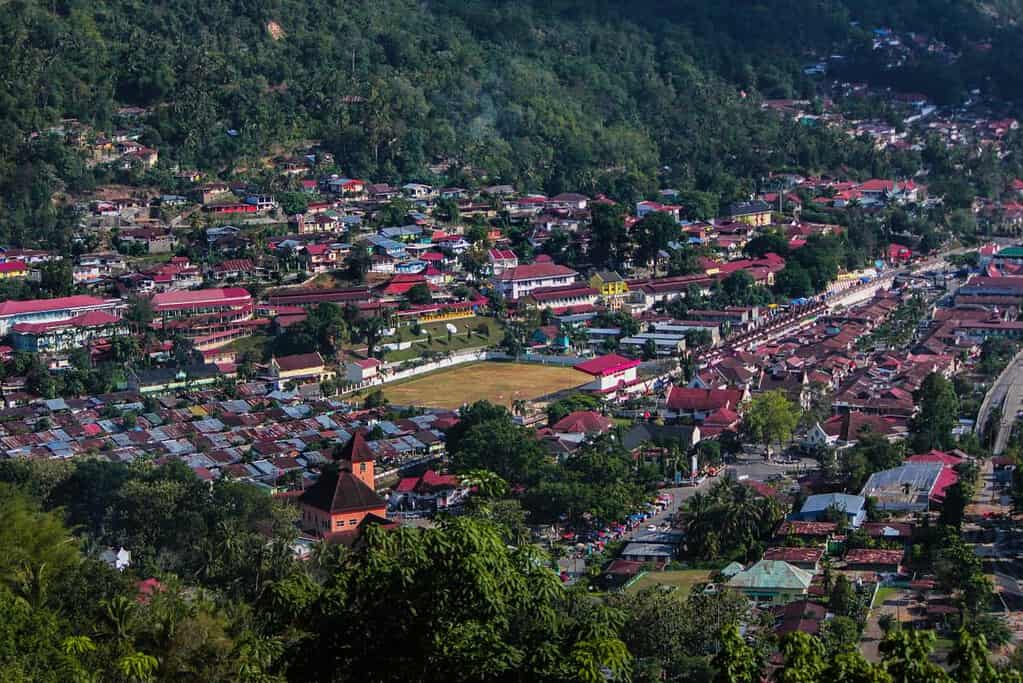
Is a UNESCO World Heritage site in Sawahlunto, West Sumatra, Indonesia. The site features a collection of historic coal mines and mining facilities that showcase the country’s important role in the global coal industry during the 19th and 20th centuries. The mines, which operated from the late 19th century until the 1950s, were constructed using Dutch colonial-era technology and are now well-preserved examples of early industrial architecture. The Ombilin Coal Mining Heritage of Sawahlunto is a unique and fascinating destination for anyone interested in the history of coal mining and industrial heritage.
Prambanan Temple Compounds
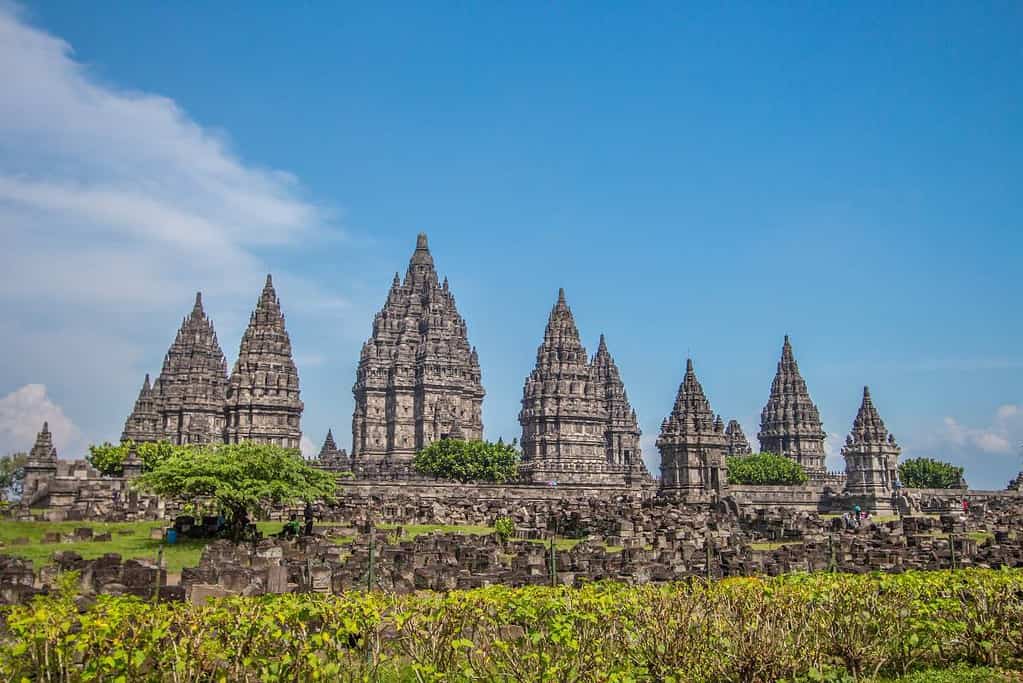
The Prambanan Temple Compounds are a UNESCO World Heritage site in Yogyakarta, Indonesia. The site is home to a complex of ancient Hindu temples that date back to the 9th century. The temples were built during the Sanjaya Dynasty and are considered one of Southeast Asia’s finest examples of Hindu architecture. The complex includes three main temples dedicated to the Hindu trinity of Brahma, Vishnu, and Shiva, as well as smaller temples and shrines. The temple walls are decorated with intricate carvings and sculptures depicting scenes from Hindu mythology. The Prambanan Temple Compounds are a must-visit destination for anyone interested in history, culture, and ancient architecture.
Sangiran Early Man Site
The Sangiran Early Man Site is a UNESCO World Heritage Site in Central Java, Indonesia. The site is a significant archaeological find that has yielded fossils, tools, and other evidence of early human life in the region. The site is estimated to be over one million years old and considered one of Asia’s most important sites for studying human evolution. The Sangiran Early Man Site includes several excavation sites and a museum showcasing the site’s history and significance. Visiting the Sangiran Early Man Site is a unique opportunity to learn about the early history of humanity and the fascinating discoveries made in this important archaeological site.
Komodo National Park
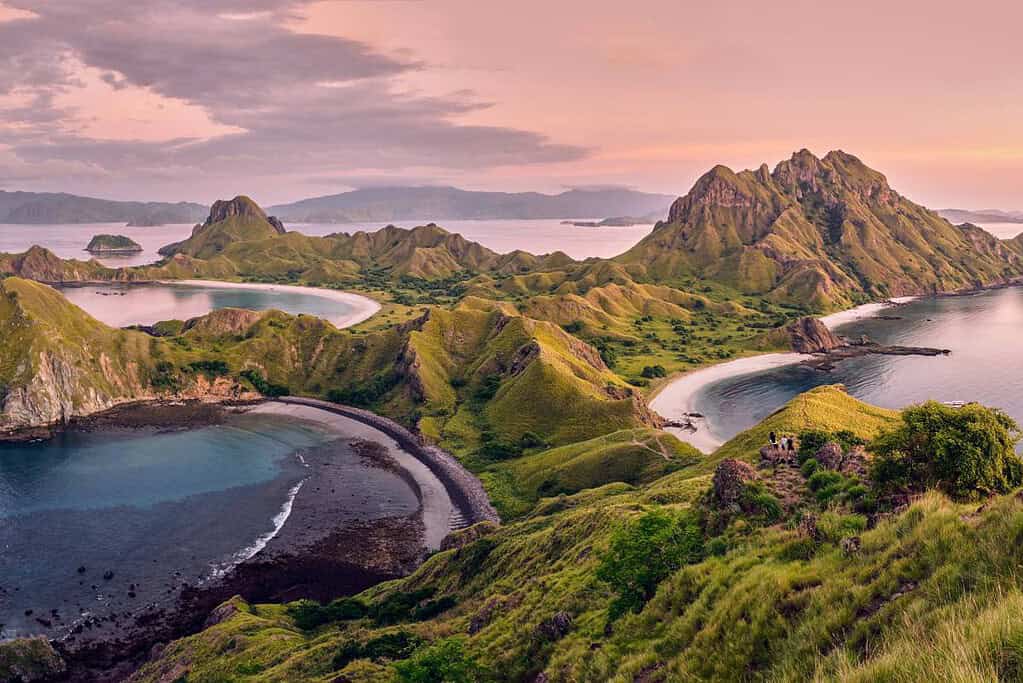
Is a UNESCO World Heritage site located in Indonesia. The park is home to the world’s largest lizard, the Komodo dragon, and has been recognized for its unique natural and cultural significance. The park consists of three major islands – Komodo, Rinca, and Padar – and numerous smaller islands and is home to a wide range of flora and fauna. Visitors can explore the rugged terrain, trek through lush forests, and take in stunning views of the surrounding waters. In addition to the Komodo dragon, the park is home to numerous endangered species, including the orange-footed scrub fowl and the Timor deer. The park also features several significant cultural and archaeological sites, including prehistoric cave paintings and ancient burial sites. A visit to Komodo National Park is a unique and unforgettable experience that allows visitors to explore one of the world’s most fascinating and diverse ecosystems.
Lorentz National Park
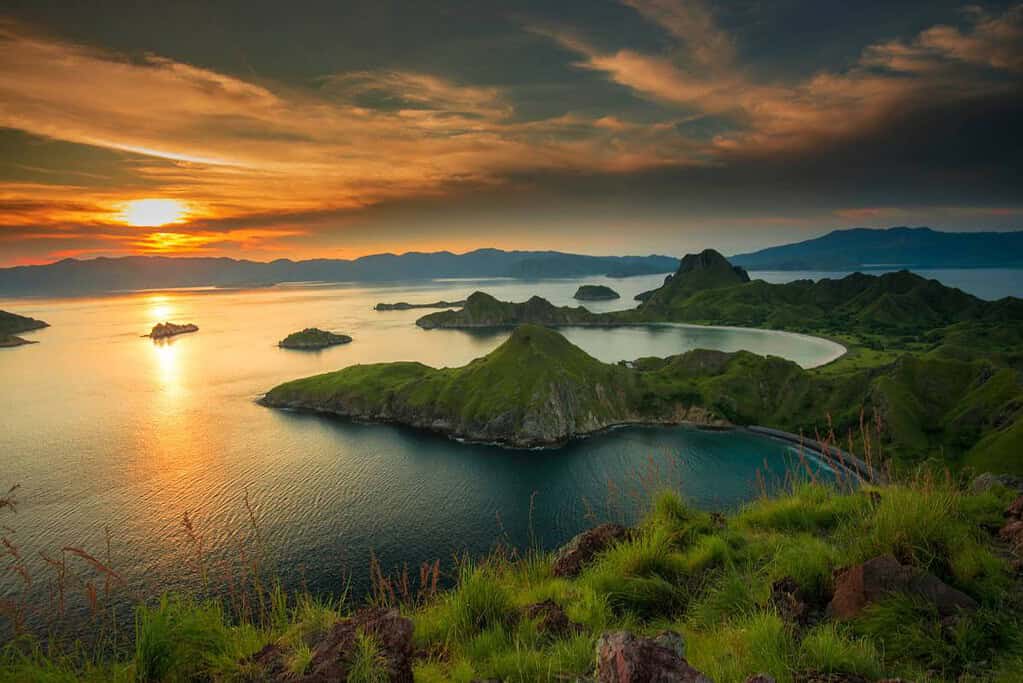
Lorentz National Park is a UNESCO World Heritage Site in the Papua province of Indonesia. It is the largest protected area in Southeast Asia and is home to diverse ecosystems, including glaciers, tropical rainforests, and mangrove swamps. The park also contains some of the highest peaks in the region, including Puncak Jaya, the highest mountain in Indonesia. The park is home to a unique and diverse range of flora and fauna, including many endemic species such as the tree kangaroo, the cassowary, and several birdwing butterflies. It is also an important cultural site for the indigenous Papuan people who have inhabited the area for thousands of years.
Tropical Rainforest Heritage of Sumatra
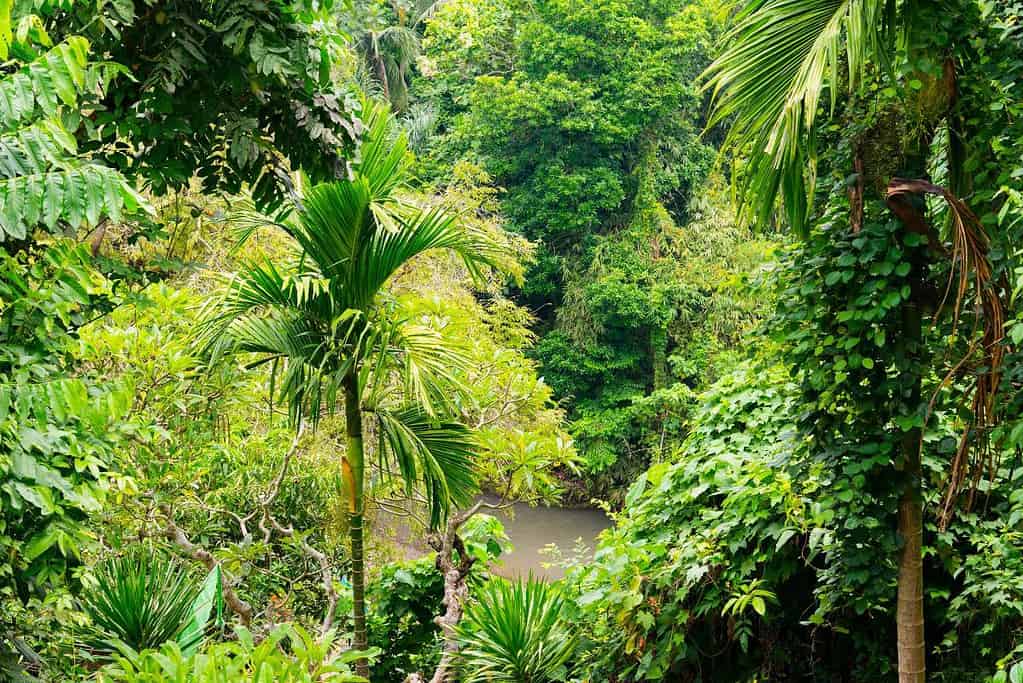
Is a UNESCO World Heritage site located on the island of Sumatra in Indonesia. The site comprises three national parks – Gunung Leuser National Park, Kerinci Seblat National Park, and Bukit Barisan Selatan National Park – and covers 2.5 million hectares. The tropical rainforests in the site are home to rich biodiversity, including endangered species such as the Sumatran orangutan, Sumatran tiger, and Sumatran rhinoceros. The site also has a unique cultural heritage, with indigenous communities living in the area and practicing traditional agriculture and forest management methods. The Tropical Rainforest Heritage of Sumatra is an important conservation area and a must-visit destination for those interested in ecology and biodiversity.
Ujung Kulon National Park
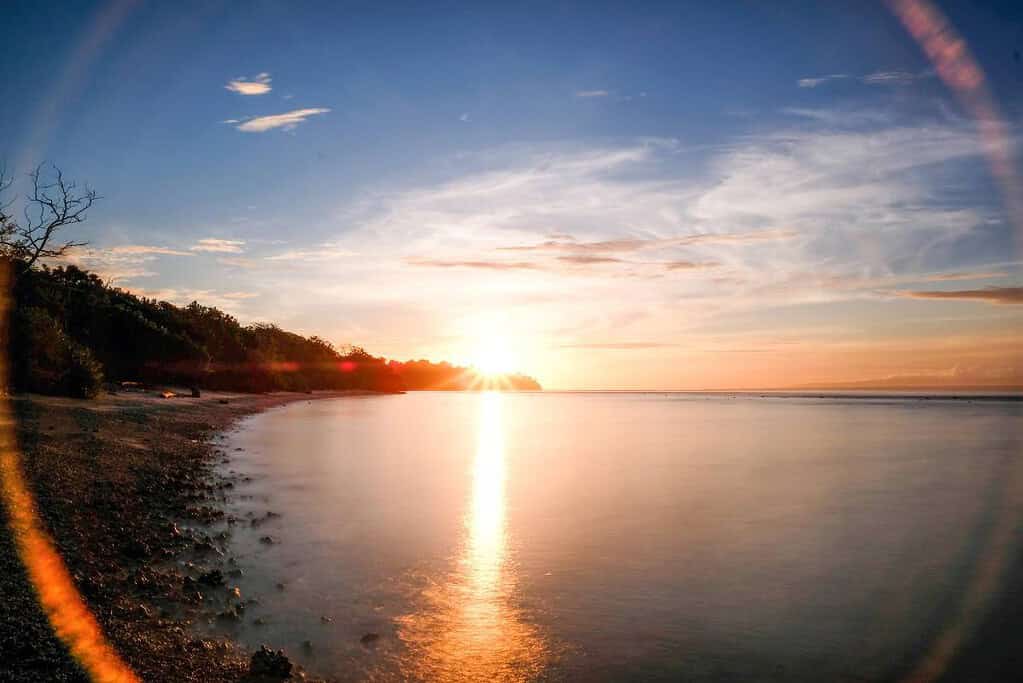
Ujung Kulon National Park is a UNESCO World Heritage Site located on the western tip of Java Island, Indonesia. It is home to diverse wildlife, including the critically endangered Javan rhinoceros. The park also includes the Krakatoa volcanic island, which famously erupted in 1883 and has become a popular destination for visitors. The park’s natural beauty is complemented by its cultural significance, as it is home to traditional fishing communities and has been an important trading hub for centuries. The park’s pristine beaches, tropical rainforests, and abundant marine life make it a must-visit destination for nature lovers and adventurers.
Indonesia UNESCO tentative list
- Betung Kerihun National Park (Transborder Rainforest Heritage of Borneo)
- Bunaken National Park
- Raja Ampat Islands
- Taka Bonerate National Park
- Wakatobi National Park
- Derawan Islands
- Tana Toraja Traditional Settlement
- Bawomataluo Site
- Muara Takus Compound Site
- Muarajambi Temple Compound
- Trowulan – Former Capital City of Majapahit Kingdom
- Prehistoric Cave Sites in Maros-Pangkep
- Sangkulirang – Mangkalihat Karts: Prehistoric rock art area
- The Old Town of Jakarta (Formerly old Batavia) and 4 Outlying Islands (Onrust, Kelor, Cipir dan Bidadari)
- Semarang Old Town
- Traditional Settlement at Nagari Sijunjung
- The Historic and Marine Landscape of the Banda Islands
- Historical City Centre of Yogyakarta
- Kebun Raya Bogor
Tours in Indonesia
Our choices of tours in Indonesia are divided into thematic features such as Bali, Yogyakarta, and the Komodo National Park Experience.
